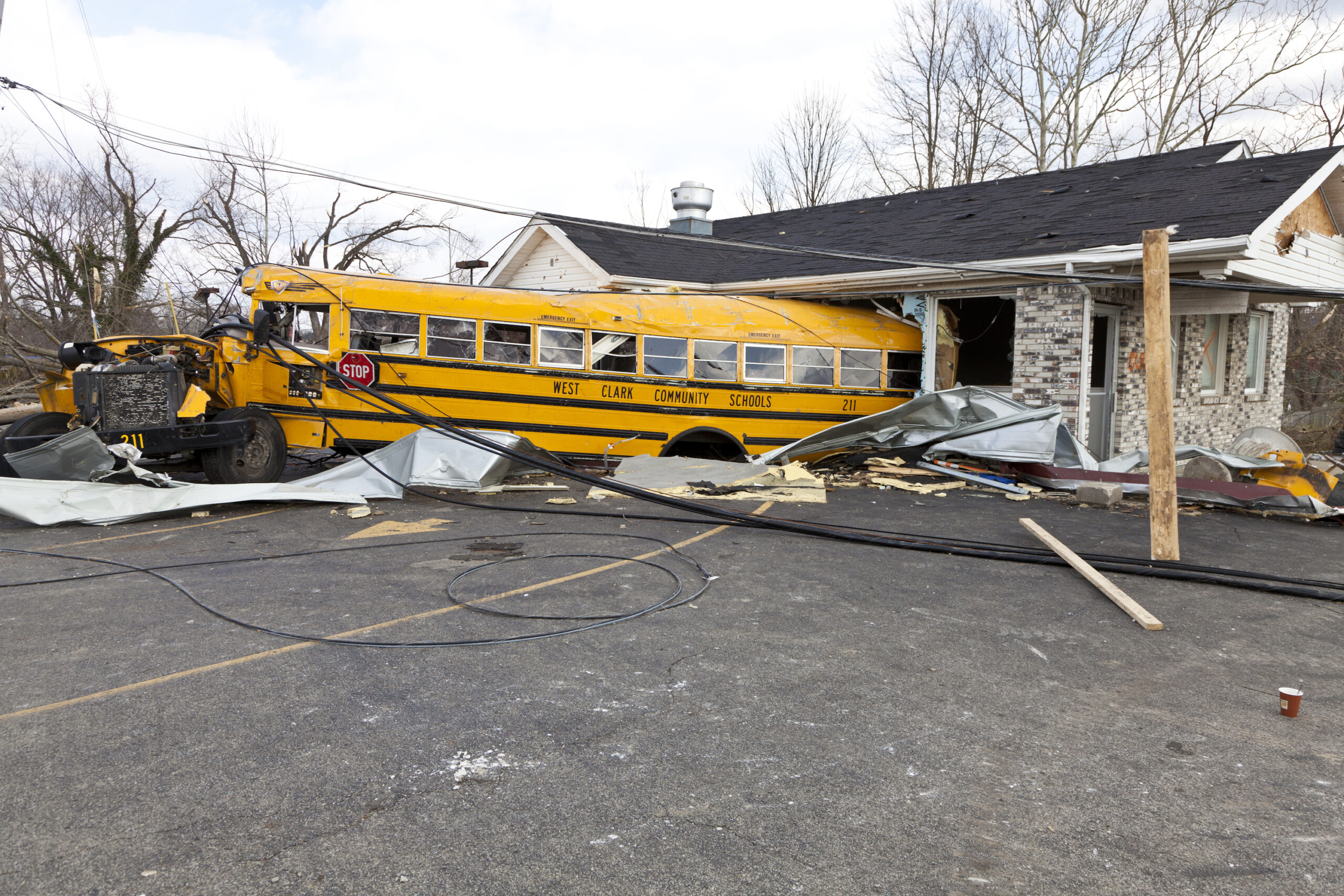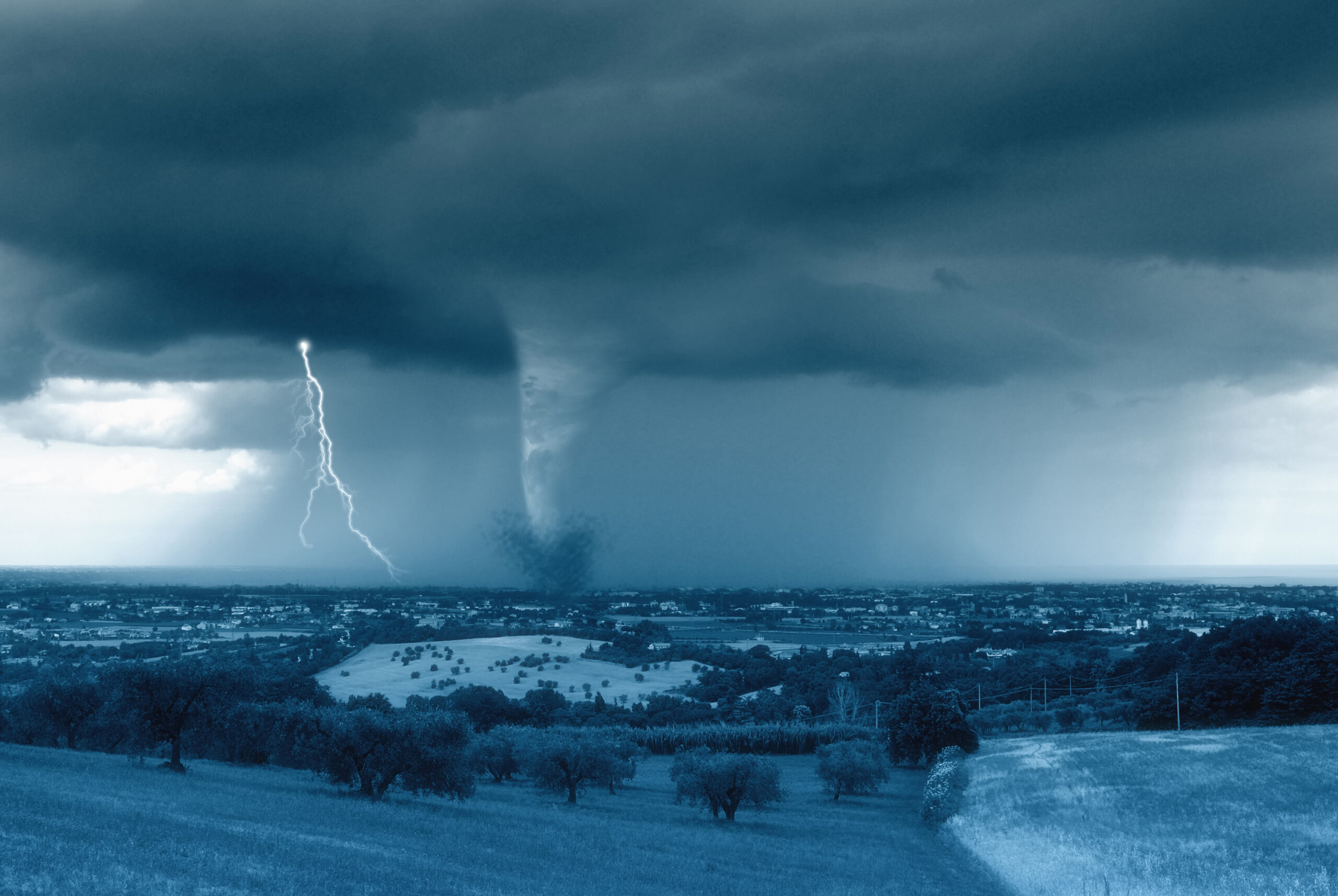Part of the series "Navigating Climate Change" for Swiss Re

In 2024, climate change is profoundly shaking up the US insurance industry. As extreme weather events increase, homeowners, businesses, and local governments are grappling with the rising costs and risks. This article delves into How Climate change is shaking up insurance in the US in 2024, exploring the industry’s response to climate-related insurance risks, innovations in insurance policies, and the strategies being implemented to adapt to these challenges considering that we are working against the Clock.
Listen to this article - read by Sarah Christie.
Global insured losses from natural catastrophes exceeded USD 100 billion for the fourth consecutive year in 2023, according to Swiss Re. In the US, these losses topped USD 78 billion, primarily due to severe convective storms (SCS). This underscores the significant impact of climate change on the insurance industry, as it struggles to manage climate-related insurance risks and adapt to increasingly frequent and severe weather events.
Historically, insurance providers, reinsurance companies, and climate scientists have been crucial in shaping the industry’s response to climate-related insurance risks. Their long-term forecasts predicted the global temperature rises we see today. As a result, reinsurers have had to adjust by raising rates and improving stress testing to manage their exposure to the impact of climate change on insurance, particularly in the US market.

The insurance industry has developed advanced catastrophe modeling to manage climate-related risks and create innovative insurance products tailored for extreme weather events. By using projections instead of outdated historical data, insurers can better anticipate likely scenarios. However, the dynamic nature of climate change means that insurance policies must continually evolve to effectively address these emerging challenges.
Insurers and reinsurers are tasked with predicting and protecting against climate-related risks. Research from Swiss Re Institute’s report, ‘Changing climates: the heat is (still) on‘ emphasizes the dangers posed by severe convective storms—volatile systems known as “kitty-cats,” capable of producing hailstorms or tornadoes that are difficult to forecast. Their increasing frequency and expanded range illustrate how climate change is shaking up insurance in the US, affecting lives and property significantly.

Adapting Insurance Policies to New Climate Realities
Building storm-resistant structures is crucial for defending against tornadoes and extreme weather. This responsibility falls on homeowners, developers, and policymakers. Moore, Oklahoma, exemplifies this approach by enacting some of the strictest storm-resistant building codes in the country after three tornadoes hit in 2014. Now, new buildings in Moore can withstand winds up to 135 mph, protecting homeowners and businesses while mitigating climate-related insurance risks without negatively impacting the real estate market.

Implementing such planning and construction laws can transform cities and protect residents. However, this is not easily achieved. Few states have adequately prepared their housing stocks for extreme weather. Homes in many parts of the central US are especially vulnerable to severe convective storms, which have increased in frequency by over 9% annually since 1989, now representing nearly 70% of US property losses. Addressing the impact of climate change on insurance requires more than just stricter building codes—existing structures must be retrofitted to endure new climate risks.

Some governments and legislators are gradually taking action. In Florida, most new buildings adhere to strict codes established after Hurricane Andrew in 1992 to withstand high winds. Despite this, some insurers refuse to issue new policies in the state, indicating more work is needed. In 2020, the National Association of Insurance Commissioners (NAIC) formed a Climate and Resiliency Task Force to address climate-related risks and resilience, facilitating dialogue between state regulators, the insurance industry, and other stakeholders to manage climate-related insurance challenges effectively.
Swiss Re's Leading Climate Strategies
Reinsurance companies, including Swiss Re, are at the forefront of developing climate science to aid cities in adapting and avoiding insurability. Their common goal is to provide property and commercial insurance at reasonable prices, building resilience to weather-related events and addressing the growing impact of climate change on insurance.
The sector is adopting climate-specific tests for price adjustments. Predictive analyses, like geospatial mapping, offer detailed geographic risk assessments. AI-powered statistical tools increasingly help create and price localized policies, effectively managing the impact of climate change on insurance and reducing reliance on generic protection.

This method enables the insurance industry to apportion risk and offer tailored policies. Parametric Insurance, for instance, provides a pre-agreed payout for ‘trigger’ events like typhoons. This popular form of insurance uses predefined indexes for weather events, supported by AI and climate science, addressing the impact of climate change on insurance effectively.
The reinsurance and insurance sectors incentivize policyholders by lowering coverage costs for those mitigating their own exposure. The industry diversifies its role by partnering with governments to share risks between public and private sectors. These collaborations allow governments to provide financial aid to catastrophe victims, similar to the National Flood Insurance Program in the US, effectively managing climate-related insurance challenges.
As climate change creates an increasingly volatile environment, officials must reassess the vulnerability of their cities. Community leaders and politicians need to educate themselves continually on the perils of climate change and how to legislate, plan, and adapt. The reinsurance and insurance industries, given their roles, are best positioned to lead efforts in managing the impact of climate change on insurance, driving innovation, and enhancing resilience.


Pingback: Spain’s “Extraordinary Risk Insurance” - Kaj Embren